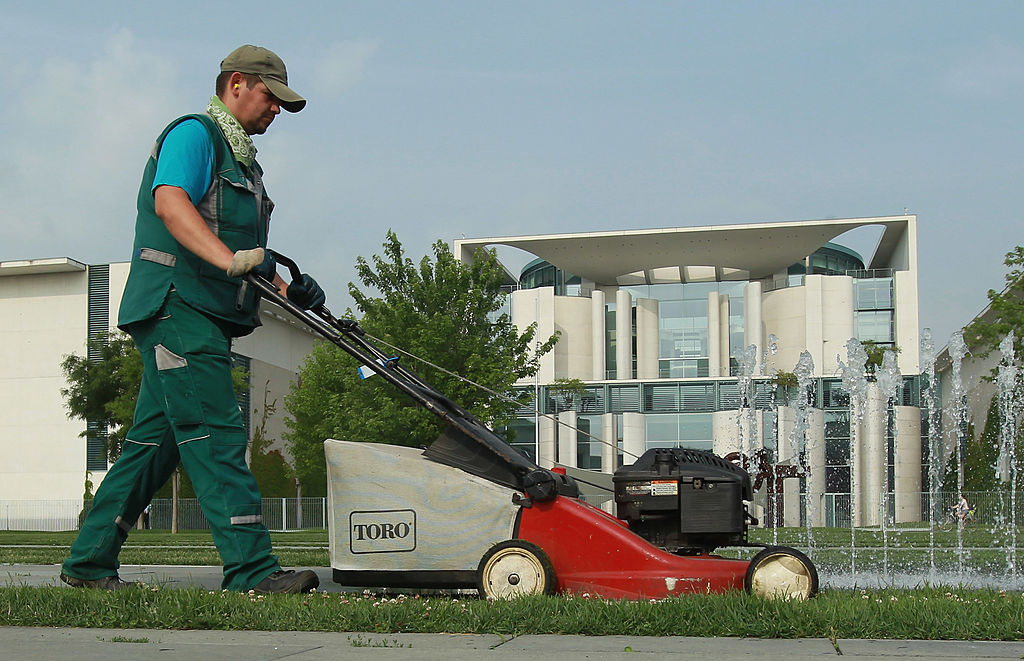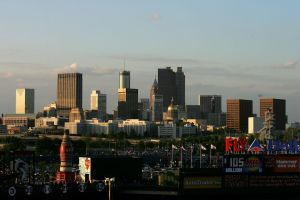Today’s school-aged students are in grave danger. A murderous virus is ripping through the population, leaving a tragic body count in its wake. We need aggressive preventative measures. Classes need to go online, indefinitely if necessary. The experts must be heeded. The science must be followed. This epidemic is simply too dangerous; we cannot afford to play games with our children’s lives.
I’m talking, of course, about the preeminent public health crisis of our time: lawnmower deaths.
The threat that lawnmowers pose to our nation is no joke. According to the Consumer Product Safety Commission’s National Electronic Injury Surveillance system, 90 Americans die every year from lawnmower accidents. Over the past decade, 3.2 million lawn and garden injuries sent Americans to the ER.
It’s not just lawnmowers: “Gear such as garden hoses, lawn edgers, leaf blowers, pruning shears, wheelbarrows and chainsaws cause 73 percent” of gardening-related injuries, Lawnstarter reports. In total, Americans are victimized by lawn and gardening equipment at a rate of more than 875 ER visits per day.
It’s enough to make you ask whether the Industrial Revolution and its consequences have been a disaster for the human race.
The epidemic of gardening equipment deaths cries out for an aggressive public health response. Lockdowns are more than warranted, as are social distancing and virtual instruction for America’s students. After all, if we’re doing it for Covid, there’s simply no excuse for not doing it here. Before the vaccine, hospitalization rates for those who contracted Covid was between 1 and 5 percent. There’s no vaccine for lawnmowers — at least not yet — and a full 11.1 percent of those who suffer an injury from these murderous machines end up in the hospital.
Furthermore, the children — the children — are the most vulnerable to this scourge. Upwards of 9,000 children visit the ER for lawnmower-related injuries every year. That’s more than 24 ER visits a day. Let that sink in.
This. Is. Not. Normal.
Thankfully, our universities did the right thing when it came to combating Covid. Our brave college administrators are firmly committed to following the science. Yale has imposed a month-long campus-wide quarantine for all of its returning students, and has barred them from visiting businesses in town, including eating outdoors at restaurants. Cornell shut down its entire campus, moved finals online, and canceled the ceremony for fall graduates at the end of last semester. Amherst is mandating double-masking indoors. The University of Las Vegas Law School has moved many of their classes online for the rest of the semester.
Of course, crazy-eyed right-wing white-supremacist insurrectionists will argue that college students are in a remarkably low-risk category when it comes to the coronavirus, pointing out that fewer than 5,500 Americans between the ages of 18 and 29 — and probably a lot less than that — have died from Covid-related causes since the beginning of the pandemic. They might even go so far as to argue that most college students are vaccinated and boosted, making it almost statistically impossible for them to die from the virus. Since May, just 31 vaccinated Americans between the ages of 18 and 29 have died from Covid-related causes.
But prudence dictates that we not throw caution to the wind. In keeping with the impartial commands of The Science — personified in the flesh by Anthony Stephen Fauci, blessings and peace be upon him — our wise and beneficent public health experts maintain that masked-and-vaccinated-and-boosted students still need to stay put.
They’re right. And now we must do the same for a far deadlier and insidious pandemic. The data is clear: lawnmowers pose an existential threat to the health and wellbeing of our children.
Some will say that Covid, by virtue of being an airborne virus, is more suited for a lockdown-oriented response than the demonic killing-machines being pushed by Big Garden. But does Covid send more than 9,000 children to the ER every year? No. In fact, less than 1,000 Americans under the age of 18 have died from Covid since January 2020. Lawnmowers could be lurking in any corner. No safety measure is too extreme.
And garden equipment is just the beginning. The New York Times reports that “every year about 235,000 people over age 15 visit emergency rooms because of injuries suffered in the bathroom, and almost 14 percent are hospitalized.” (235,000? Every year? Why are colleges still allowing their students to pee?) Studies show Americans are 2.7 times more likely to have a heart attack when they’re having sex. Obviously, that calls for a college-wide ban on sex — or frankly on anything that could lead to sex. Any pubescent teens making “come hither” eyes at one another should face immediate expulsion. It’s in the interest of public health. It’s the science.
The only way forward is to embrace the warm, soothing embrace of lockdowns forever. We shall pay any price, bear any burden — well, Gavin Newsom won’t, but he’ll still make sure that everyone else does — if it saves even one life. If Covid is our standard, there are any number of reasons to stay locked down. Maybe we should just abolish schools altogether. For the children.


















